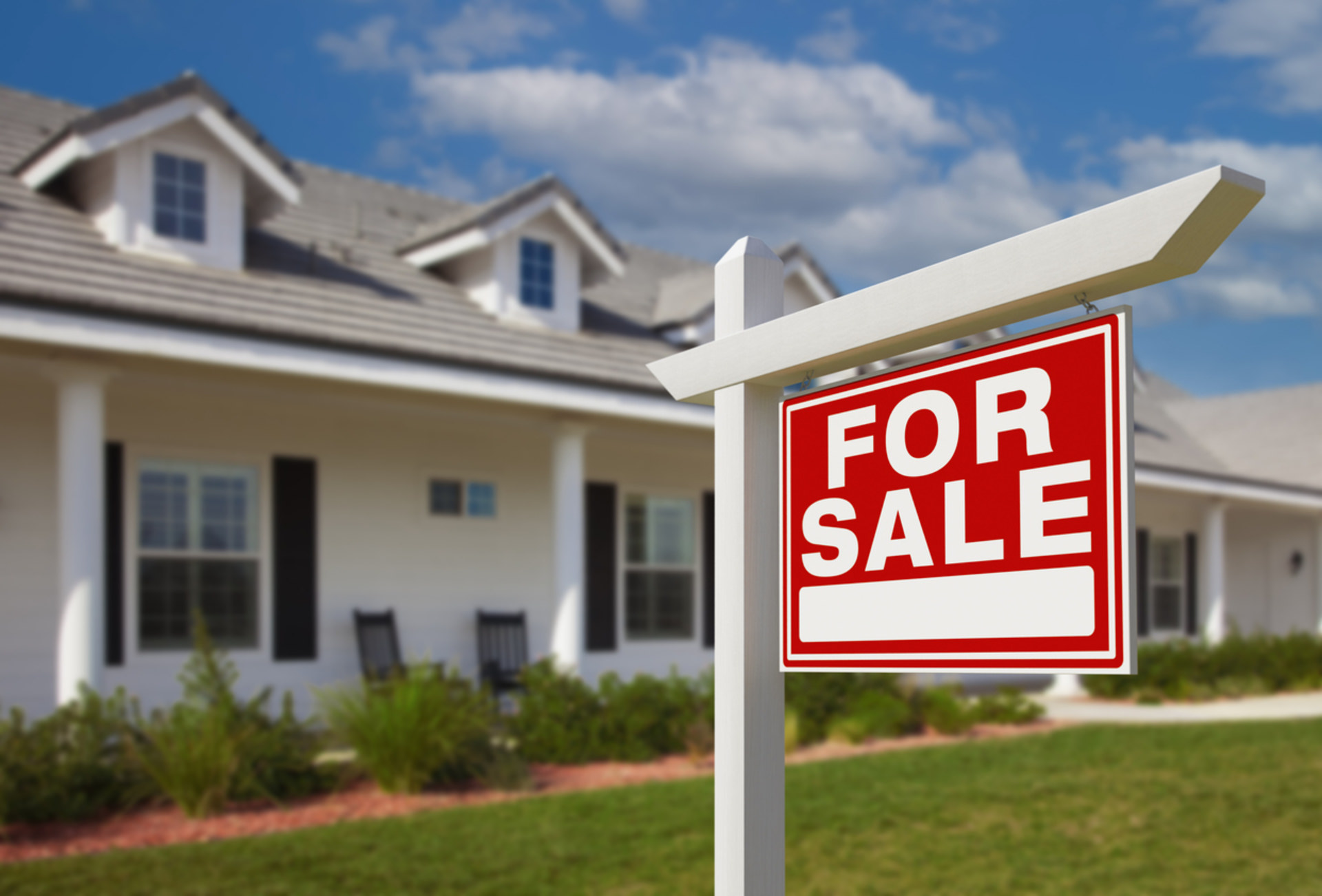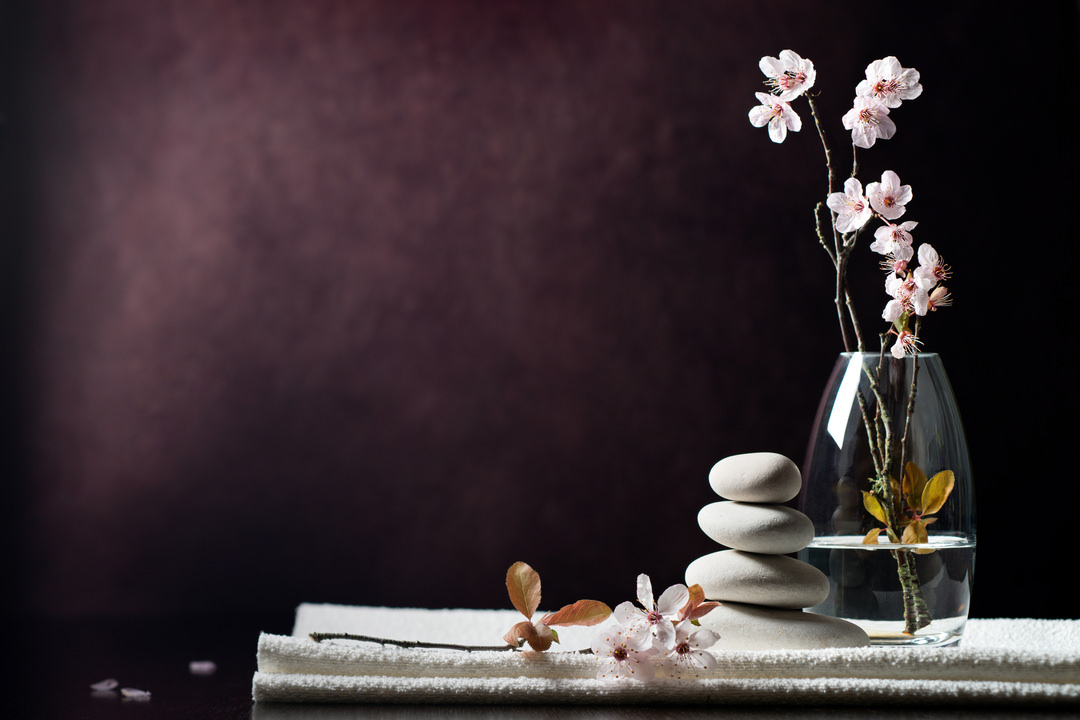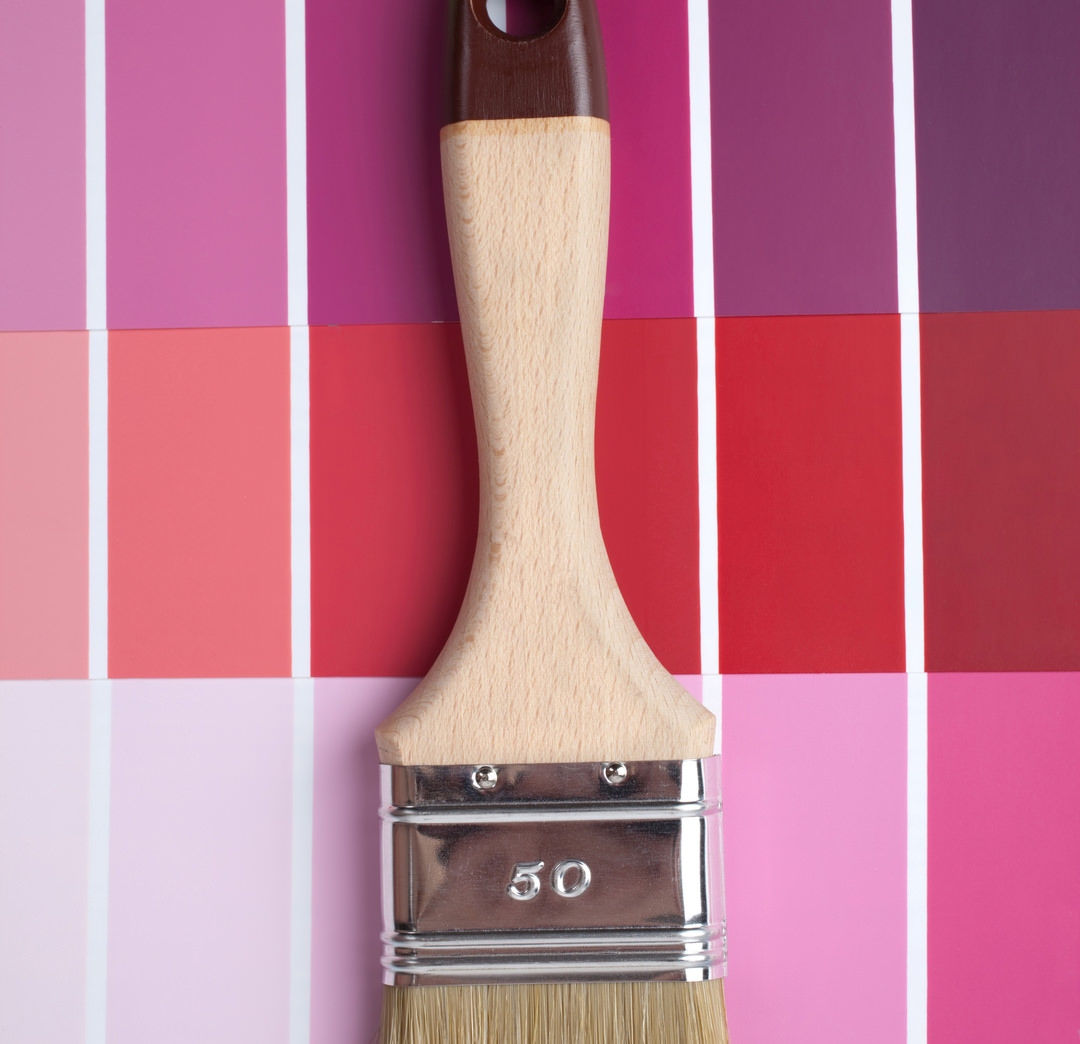Home Staging 101
How to stage your home for a quick sale.

When it comes to selling your home, first impressions matter. A well-staged home can make all the difference in attracting potential buyers and getting the best price for your property. To help make the process more simple, we'll delve into 10 easy-to-follow tips on how to effectively stage a home for sale. These tips focus on high-impact areas and making the most out of the space you have available.
1. Declutter and Depersonalize
Before you start staging your home, it's essential to declutter and depersonalize the space. Removing personal items such as family photos and memorabilia can allow potential buyers to envision themselves living in the space and help them feel like less of a visitor when they are touring the space. Clearing out excess furniture and belongings can also make rooms appear larger and more inviting than they might otherwise appear. Day-to-day items can end up crowding your rooms and make the space seem smaller.
2. Focus on Curb Appeal
The exterior of your home is the first thing potential buyers will see, so it's crucial to make a good impression. The best way to do this is to ensure that the lawn is neatly manicured, and the exterior of the house is clean and well-maintained. You can also consider adding some potted plants or flowers to enhance curb appeal further and make the house look more inviting. This is also a great way to show the versatility of your outdoor space and make it more appealing to potential buyers.
If you have a patio or deck, you can also enhance the appeal of your home by bringing out any patio furniture that you have. Don’t have the right pieces? Consider borrowing what you can, or buy and take it with you to the next place! This can help people envision outdoor gatherings that they could host, family cookouts they could have, and the quality time that they might spend in the outdoor spaces of your house.
3. Create a Welcoming Entryway
You can easily make the entryway of your home more inviting by adding a fresh coat of paint to the front door and foyer, if needed. Consider also adding a small bench or hall tree - anything that would make your space feel more welcome. A small accent table with some potted plants and an area rug can add some color to your space. A well-lit and welcoming entryway sets the tone for the rest of the home and gets tours started off on the right foot.
4. Maximize Natural Light and Elements
Natural light can make a space feel brighter and more spacious. To capitalize on this within your home, you can open up curtains and blinds to let in as much natural light as possible. Ensuring that windows are clean and free of obstructions can further maximize the effect, and this can be highlighted through other outdoor elements such as greenery or fresh flowers scattered throughout your home.
5. Highlight Key Features
Another home staging tip includes identifying the key features of your house, such as a fireplace, architectural details or a stunning view, and emphasizing them during the staging process. This can involve arranging furniture and accessories to draw attention to these features and showcasing them in the best possible light. Also, make sure you have plenty of light in these areas. Bring in lamps as needed.
6. Neutralize Color Palettes
While you may love bold and vibrant colors, potential buyers may not share the same taste. Consider repainting walls in neutral tones such as white, beige or light gray to appeal to a broader range of buyers. Neutral colors create a blank canvas that allows buyers to envision their own style in the space. This step of home staging can also include replacing bright and bold decorative items like wall art, throw pillows or accent pieces with more neutral alternatives.
7. Depersonalize Bedrooms
Bedrooms should feel calm and relaxing, so it's essential to depersonalize these spaces when staging your home for sale. This involves removing any personal items (photos, etc.) and excess objects and creating a serene environment with crisp linens, plush pillows and soft lighting. You’ll also want to ensure beds are neatly made and dressers are clutter-free.
8. Update Fixtures and Hardware
Another step to take in the home staging process is updating outdated fixtures and hardware. This can give your home a more modern and polished look that will help appeal to potential buyers. To accomplish this, you may want to consider replacing old light fixtures, cabinet hardware and faucets with more contemporary options to freshen up the space.
9. Accessorize Thoughtfully
When it comes to accessories, less is often more when it comes to staging your home. You can choose a few carefully curated pieces such as artwork, throw pillows and decorative accents to help add interest and personality to the space.
10. Create Functional Spaces
You can showcase the functionality of each room by arranging furniture in a way that defines the purpose of the space. For example, create a cozy seating area in the living room, a functional workspace in the home office and a relaxing oasis in the master bedroom. Make sure traffic flow is unobstructed and that rooms feel spacious and easy to navigate. This is a perfect way to help buyers imagine themselves in the space and sell the sanctuary that the home can become for them.
By following these tips, you can stage your home effectively to attract potential buyers and facilitate a quick sale. Remember to focus on high-impact areas, declutter and depersonalize, and create a welcoming and inviting atmosphere throughout your home. With the right staging techniques, you can make your home stand out in a competitive market and achieve the best possible sale price.



